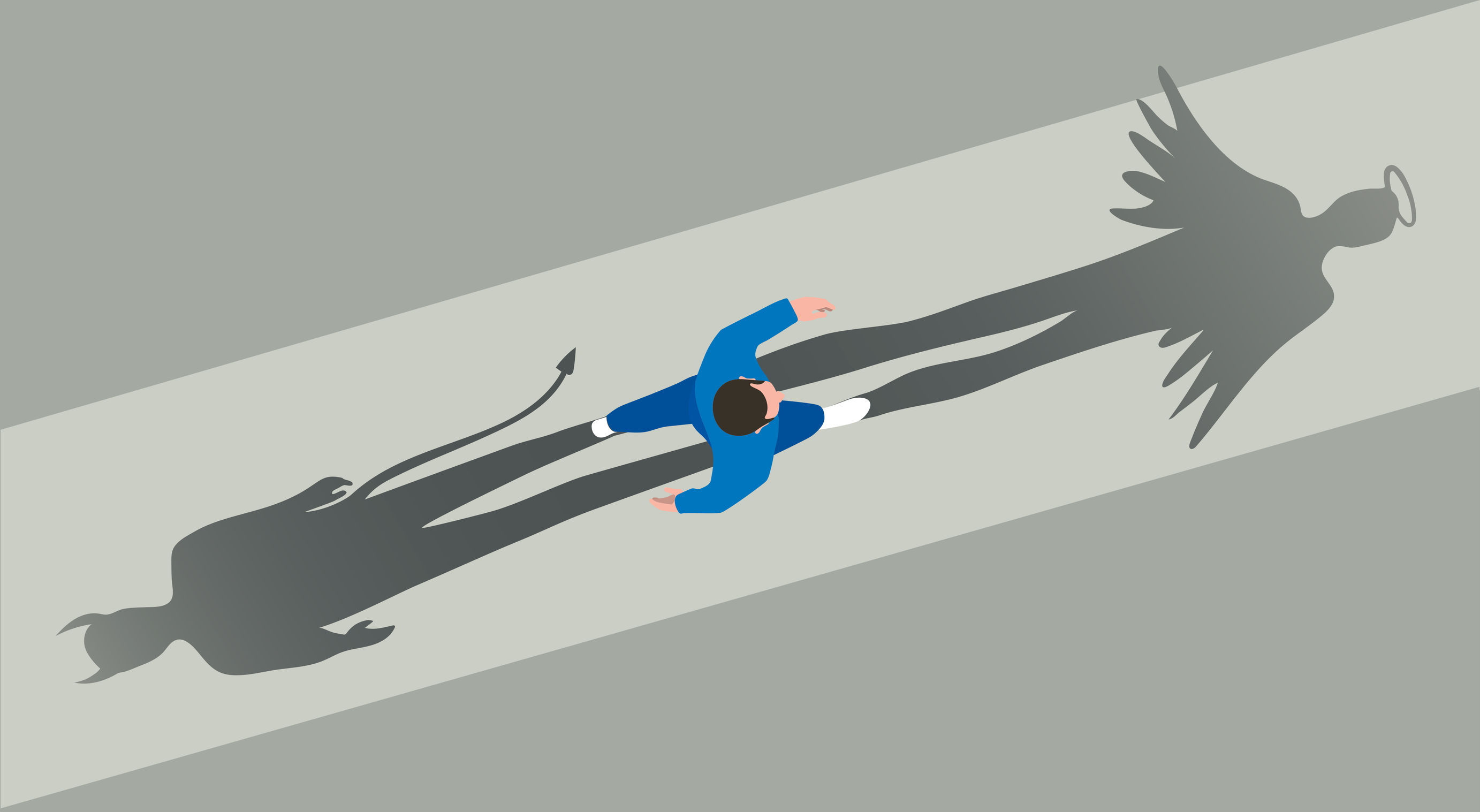 When you take a photograph, the resulting product is two-dimensional: tall, wide, and flat. But in most cases, you want the photo to show depth, where images in the foreground and background are all in focus.
When you take a photograph, the resulting product is two-dimensional: tall, wide, and flat. But in most cases, you want the photo to show depth, where images in the foreground and background are all in focus.
In photographic terms, the range of focus front to back is called depth of field. The best way to expand depth of field so more of the subjects in the photo are in focus is to add light. Light contributes to depth of field.
If you were given a photo of people who were the most critical to your success, you’d easily recognize your customers in the foreground in perfect focus. But as you look deeper into the photo you’d notice the images behind that first row increasingly drop out of focus with each receding row. The reason is that for most of the history of the marketplace, businesses have gotten away with having a very narrow customer depth of field.
When the coin of the realm was to be competitive, that meant you spent all your time thinking about how to serve the person in the foreground, the first row of your business world: your customers. But as I’ve revealed in the past, being competitive has been trumped by being relevant. And in The Age of the Customer, perhaps the most important component of being relevant to business customers is helping them serve the most important person in their photo: [Continue Reading]

 Whether it’s a year where something we once knew as “normal” was part of our reality, or during an unprecedented and unimaginable year of a global pandemic, the abiding management question for all small business owners is always valid: “What’s the best use of my time right now?” And at no other time of the year are we more time-management challenged than in December.
Whether it’s a year where something we once knew as “normal” was part of our reality, or during an unprecedented and unimaginable year of a global pandemic, the abiding management question for all small business owners is always valid: “What’s the best use of my time right now?” And at no other time of the year are we more time-management challenged than in December. “This is for one of those customers from hell.”
“This is for one of those customers from hell.” “No problem.”
“No problem.” – Earth, Stardate 8511 (The Age of the Seller)
– Earth, Stardate 8511 (The Age of the Seller) Once upon a time, but not that long ago, a brand message could be successful even if it was close to a work of fiction.
Once upon a time, but not that long ago, a brand message could be successful even if it was close to a work of fiction.